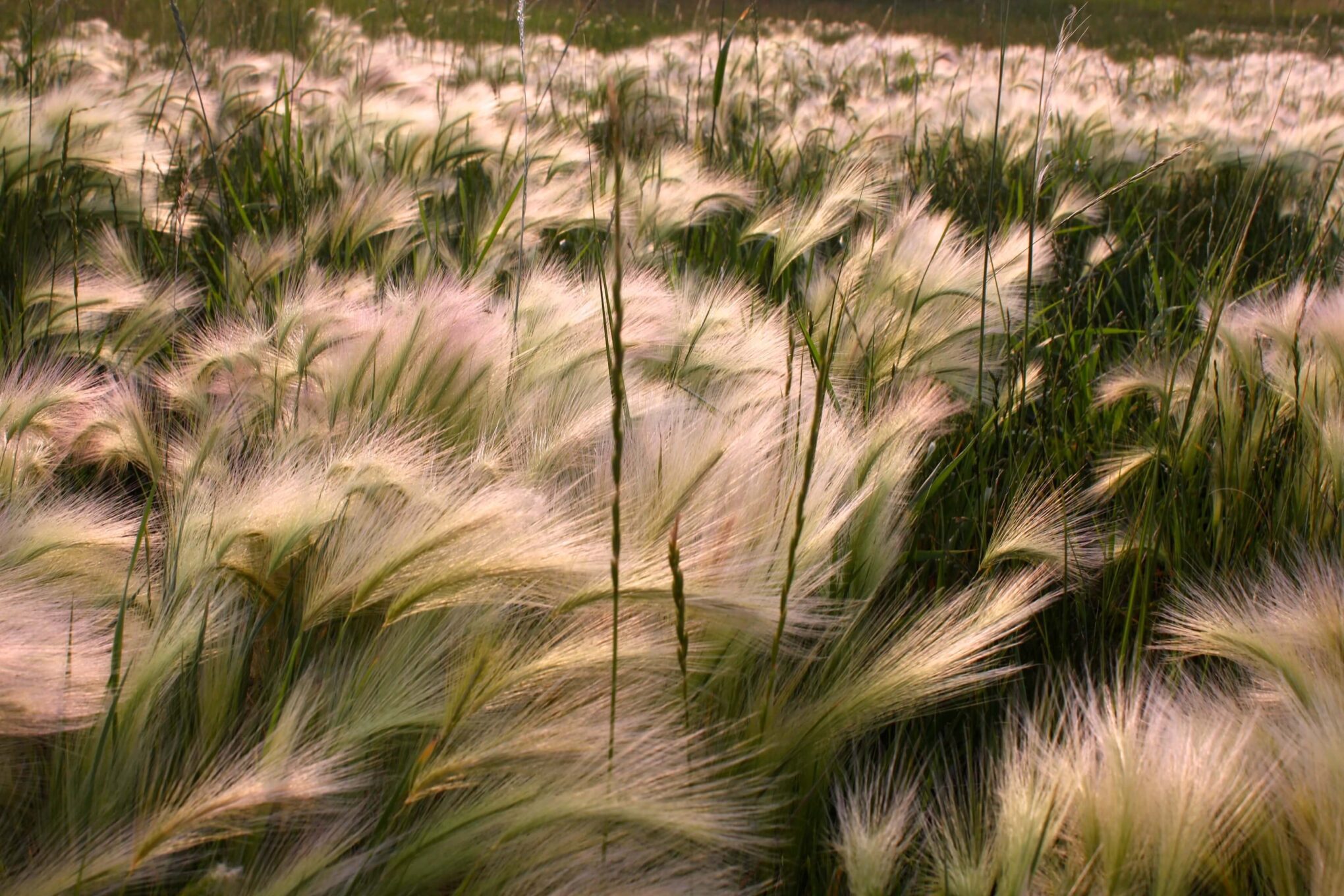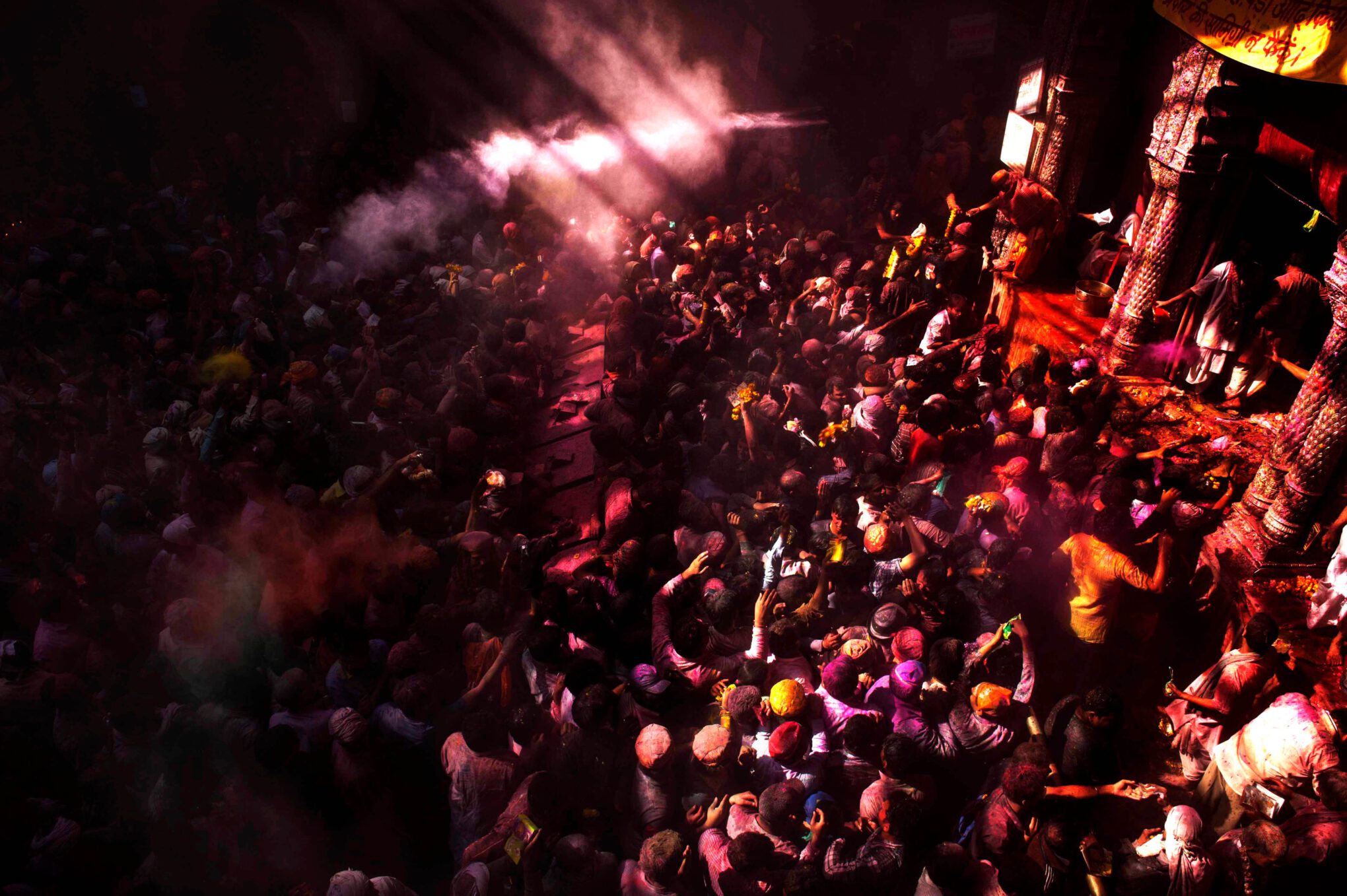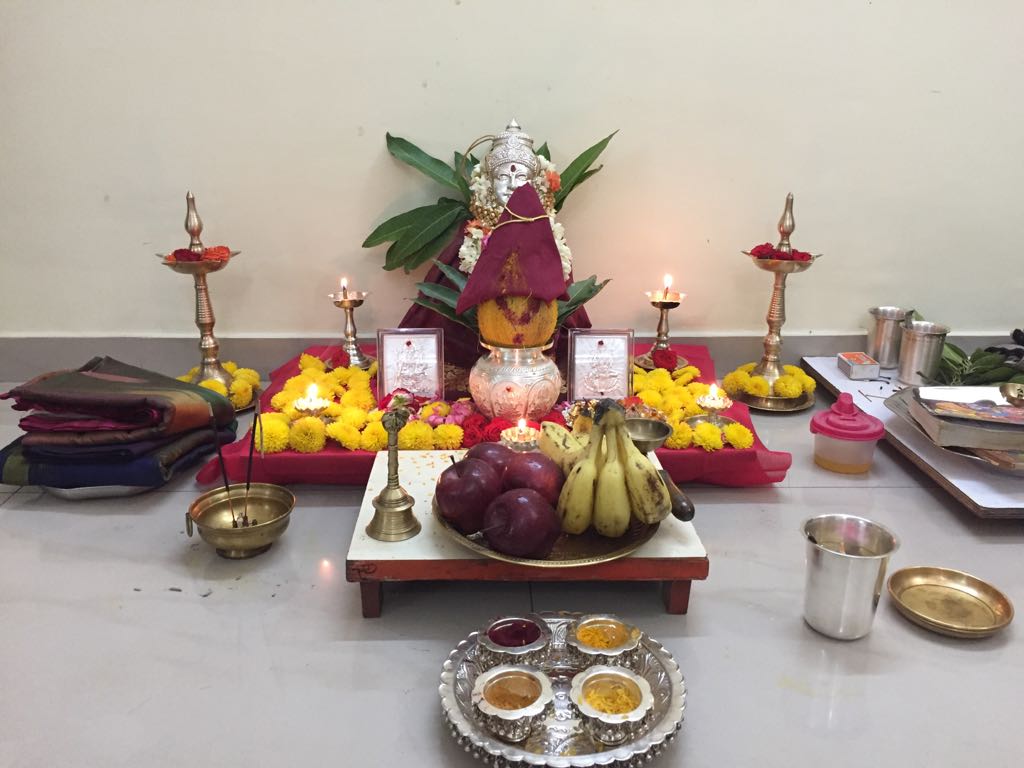On the occasion of the World Photography Day, Anumita walks us through the history of photography. A first click in the 19 th Century has brought about a huge revolution in the 21 st Century. Shooting a picture seems like a child’s play – thanks to the technological advancements. Now, approximately 350 billion photos are clicked, each year, world over. The author tells us how her passion with photography began in her teenage. Here’s an account exclusively for Different Truths.
Photos are memories and visions to be stored for posterity. Few clicks and we have a story, a feeling, an event or an imagine of someone who is no more.
Queen Victoria, used the abbreviation ‘photo’ for the first time, in a letter that she wrote, in 1860. Furthermore, the Queen and Prince Albert had a darkroom at Windsor Castle. They were known for their passion for photography.
August 19 is a celebration of those clicks, prints and digital images (in modern days). It is a celebration of all those photographers and their instruments, and the images of captured through their lens. The coining of the word “photography” is usually attributed to Sir John Herschel in 1839. It is based on the Greek word pho meaning light, graphê meaning drawing or writing. When put together would mean drawing with light.
This day commemorates the invention of Daguerreotype, a photographic process developed by Joseph Nicèphore Nièpce and Louis Daguerre, in 1837. Daguerreotype wasn’t the first permanent photographic image. In 1826, Nicèphore Nièpce captured the earliest known permanent photograph known as ‘View from the Window at Le Gras‘ using a process called Heliography.

‘Boulevard du Temple’, daguerreotype made by Louis Daguerre, in 1838, is generally accepted as the earliest photograph to include people. It is a view of a busy street, but because the exposure time was at least ten minutes the moving traffic left no trace. Only the two men near the bottom left corner, one apparently having his boots polished by the other, stayed in one place long enough to be visible.

Colour in photography was much later addition to photography although the need of basic colours was in the mind of most photographers. Due to the long exposure time it was not feasible till the 1861. Thomas Sutton’s first durable colour photograph was a set of three black-and-white photographs taken through red, green and blue color filters and shown superimposed by using three projectors with similar filters. The result was the first durable coloured photography.

Much later, in 1957, a team led by Russell A. Kirsch, at the National Institute of Standards and Technology, developed a binary digital version. One of the first photographs scanned was a picture of Kirsch’s infant son Walden and the resolution of the picture was 176×176 pixels with only one bit per pixel.

We have come a long way from the days of the early photographs. Digital photography has brought a paradigm shift. The leading photography company Kodak was closed down as they did not evolve with the digital photography revolution. With digital cameras on mobile phones, now more than 350 billion photographs are clicked all over the world, each year. Reportedly, approximately 250 billion photographs have been uploaded to Facebook.
I am not a trained photographer, but with the help of modern technology have dared to be shutter happy. I began dabbling with my father’s camera as a teenager. My father’s let me nurture that wish with a birthday gift of a hotshot camera when I turned 16. My passion for clicking grew by leaps and bounds. Now, armed with my SLR have collected few memories for friends, family and myself. Here are some of my photographs.
©Anumita Chatterjee Roy
Pix from Net and author.




